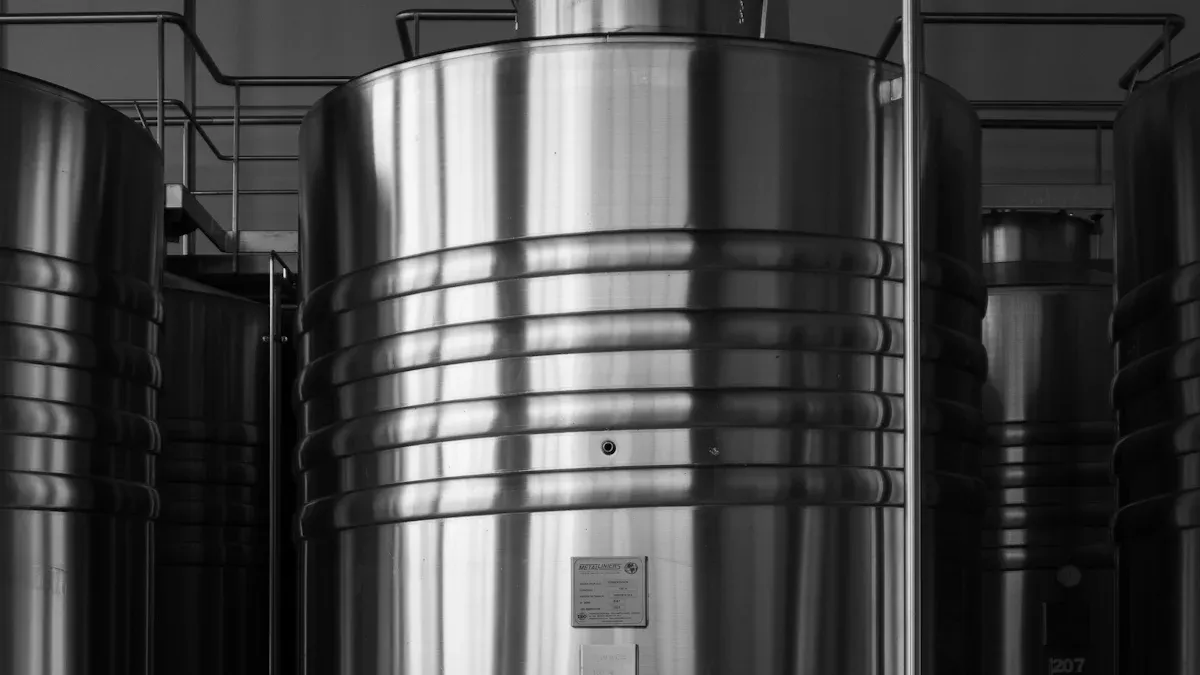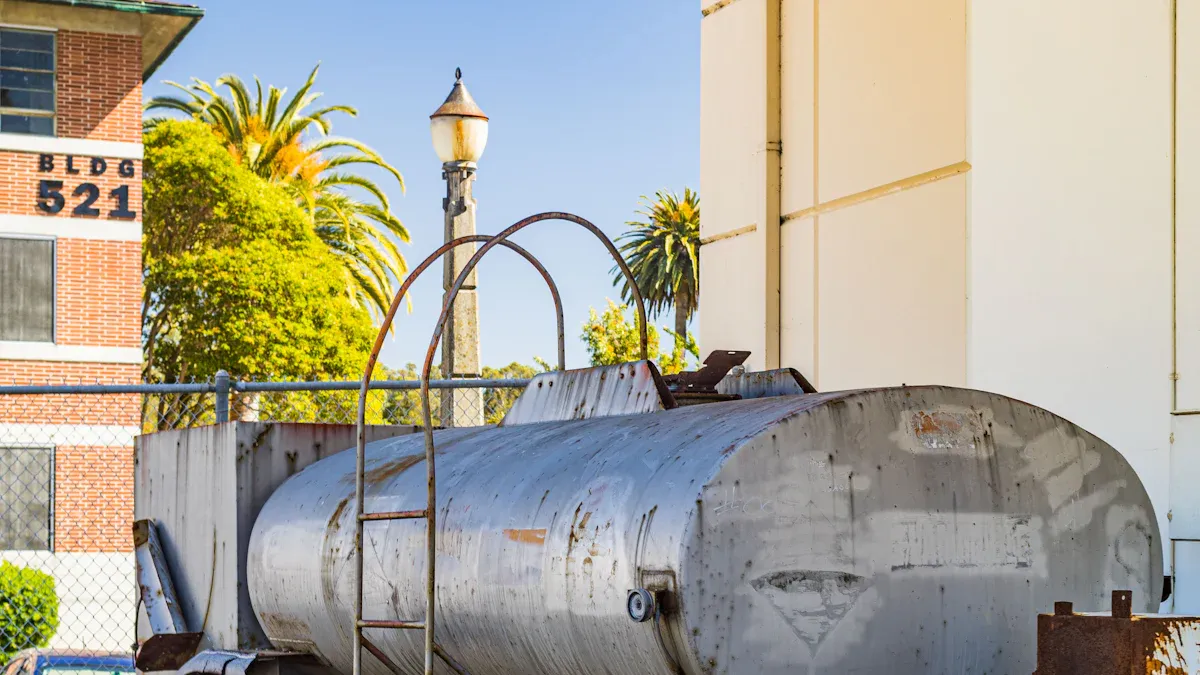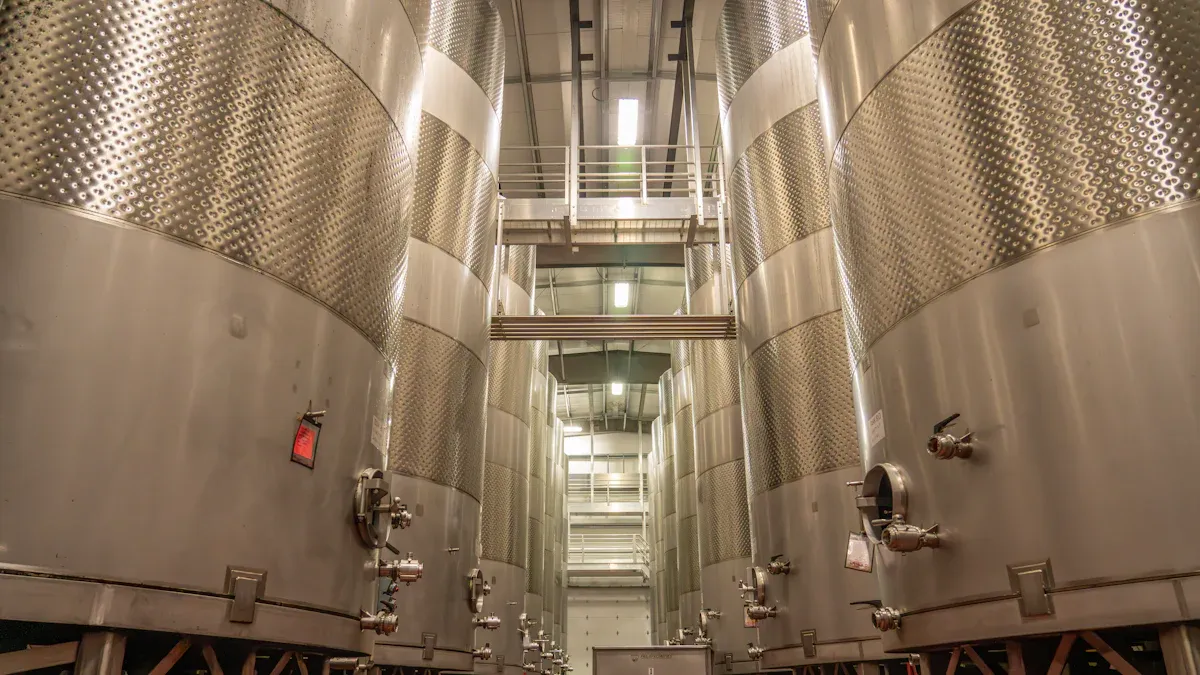Wine Tanks Stainless Steel Brands That Break the Mold
Compare top wine tanks stainless steel brands for 2025. Find out which manufacturers lead in quality, innovation, and custom solutions for wineries.
Compare top wine tanks stainless steel brands for 2025. Find out which manufacturers lead in quality, innovation, and custom solutions for wineries.

Compare top wine tanks stainless steel brands for durability, hygiene, and advanced features. Find the best options for your winery’s needs and budget.

Know what to check before buying a wine tanker trailer: features, certifications, pricing, and inspection tips to ensure safe and compliant wine transport.

Wine tanker transport ensures safe, efficient bulk wine shipments with strict sanitation, temperature control, and quality standards for every delivery.

Compare wine tanker trailer options for purchase in 2025. Find trusted dealers, key features, pricing, and compliance tips for your wine transport needs.

Wine making vats in 2025 include stainless steel, oak, concrete, and clay, each shaping wine’s flavor, texture, and production efficiency.